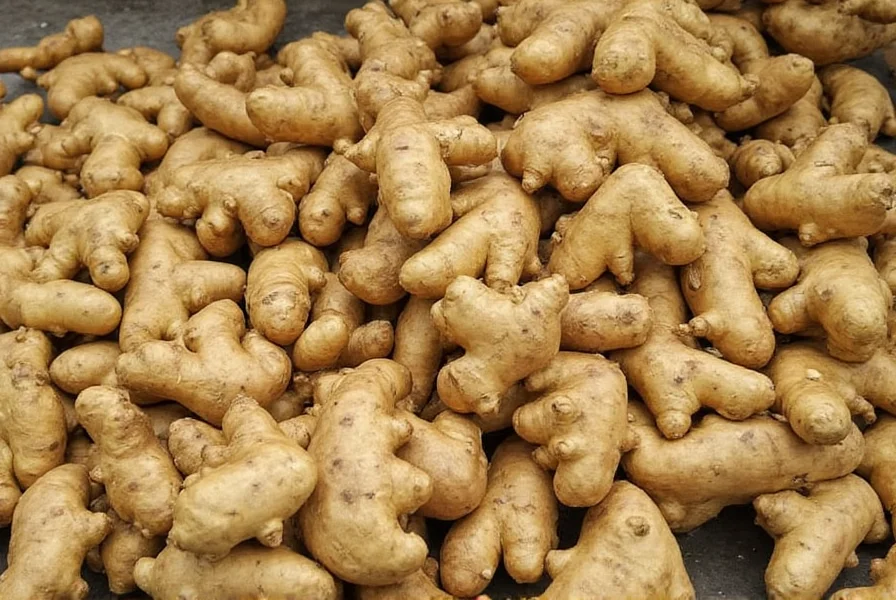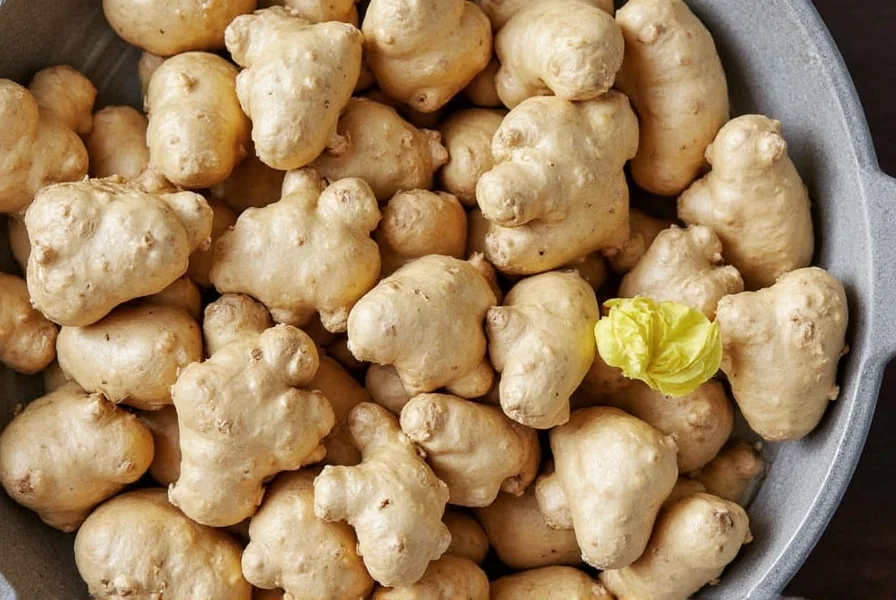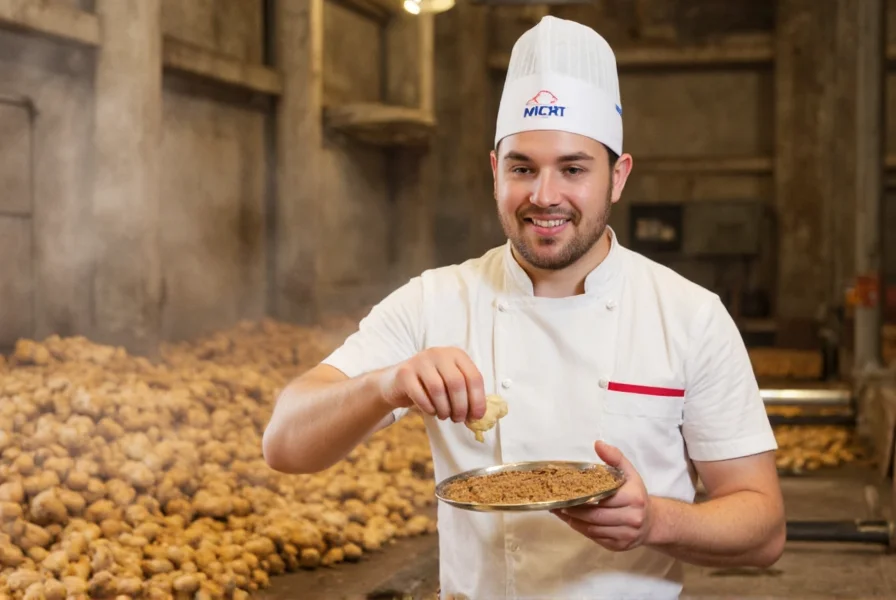Ginger factories play a crucial role in the global spice supply chain, bridging the gap between agricultural production and consumer-ready products. These specialized facilities handle everything from initial cleaning and sorting to advanced processing techniques that maintain ginger's valuable curcuminoids and gingerols.
The Ginger Processing Workflow
Modern ginger factories follow a standardized processing sequence to maximize yield and quality. After harvest, ginger roots undergo thorough washing to remove soil and debris. The next critical step involves peeling, which can be done mechanically or using high-pressure water systems to minimize waste. Following peeling, factories employ various processing methods depending on the end product:
| Product Type | Processing Method | Key Quality Metrics |
|---|---|---|
| Fresh Ginger | Cleaning, sorting, packaging | Moisture content (78-85%), firmness, absence of mold |
| Dried Ginger | Sun-drying or mechanical dehydration | Moisture content (8-12%), color retention, essential oil preservation |
| Ginger Powder | Grinding dried ginger, sieving | Particle size (80-100 mesh), volatile oil content (1.5-3.0%) |
| Ginger Extract | Solvent extraction, concentration | Gingerol content (min 5%), purity, solvent residue levels |
Quality Control in Commercial Ginger Processing
Reputable ginger manufacturing facilities implement multiple quality checkpoints throughout production. The most critical testing occurs after drying but before final processing, when laboratories analyze samples for:
- Microbial contamination levels (total plate count, E. coli, salmonella)
- Heavy metal content (lead, cadmium, arsenic)
- Active compound concentration (gingerols, shogaols)
- Mycotoxin screening (aflatoxins, ochratoxins)
Advanced facilities use near-infrared spectroscopy for real-time quality assessment during processing. This technology allows operators to adjust parameters immediately when quality metrics fall outside specifications, reducing waste and ensuring consistent product quality.

Sustainability Practices in Ginger Production
Leading ginger factories have adopted sustainable processing techniques that address environmental concerns while improving efficiency. Water recycling systems now capture and treat 70-80% of process water for reuse in initial cleaning stages. Many facilities convert ginger waste (peelings and rejected roots) into valuable byproducts:
- Ginger pulp transformed into animal feed supplements
- Residual fibers used in biodegradable packaging materials
- Spent ginger processed for biofuel production
Energy-efficient drying technologies, such as heat pump dryers and solar-assisted systems, have reduced energy consumption by 30-40% compared to traditional methods. These innovations help ginger factories maintain profitability while meeting increasingly stringent environmental regulations.
Global Ginger Supply Chain Considerations
Ginger factories serve as critical nodes in the international spice trade, with major processing centers located in China, India, Nigeria, and Brazil. Each region specializes in different ginger varieties and processing techniques based on local climate conditions and market demands. For example, Chinese ginger factories typically focus on dried ginger and extracts for pharmaceutical applications, while Nigerian facilities emphasize fresh ginger export and basic processing.
The most successful commercial ginger processing facilities maintain traceability systems that track each batch from farm to finished product. This documentation includes:
- Harvest dates and farm locations
- Processing timestamps and operator information
- Quality test results at each production stage
- Storage conditions throughout the facility

Future Innovations in Ginger Processing
Emerging technologies are transforming traditional ginger factory operations. High-pressure processing (HPP) systems now enable factories to produce shelf-stable ginger products without thermal degradation of sensitive compounds. Enzymatic processing techniques improve extraction efficiency while preserving ginger's natural flavor profile.
Automation continues to advance with AI-powered sorting systems that detect imperfections invisible to the human eye. These systems use multispectral imaging to identify internal defects, moisture variations, and early signs of spoilage. As consumer demand grows for functional ginger products, factories are developing specialized processing methods to enhance specific bioactive compounds for targeted health applications.
Frequently Asked Questions
What is the primary purpose of a ginger factory?
The primary purpose of a ginger factory is to process raw ginger rhizomes into marketable products while maintaining quality, safety, and consistency. These facilities transform harvested ginger into various forms including dried ginger, ginger powder, crystallized ginger, and ginger extracts for both domestic consumption and international export markets.
How do ginger factories ensure product quality?
Ginger factories implement multiple quality control measures including microbial testing, heavy metal analysis, active compound verification, and mycotoxin screening. Advanced facilities use near-infrared spectroscopy for real-time quality assessment during processing and maintain comprehensive traceability systems that track each batch from farm to finished product.
What are the main products made in a ginger processing facility?
Ginger factories produce several main product categories: fresh ginger for immediate consumption, dried ginger slices, ginger powder, crystallized ginger, ginger extracts, and ginger oil. Some specialized facilities also create value-added products like ginger tea blends, ginger supplements, and ginger-based flavorings for the food industry.
How has technology improved ginger factory operations?
Technology has significantly improved ginger factory operations through AI-powered sorting systems that detect imperfections invisible to humans, high-pressure processing that preserves bioactive compounds without thermal degradation, and water recycling systems that capture 70-80% of process water for reuse. Energy-efficient drying technologies have also reduced energy consumption by 30-40% compared to traditional methods.











 浙公网安备
33010002000092号
浙公网安备
33010002000092号 浙B2-20120091-4
浙B2-20120091-4